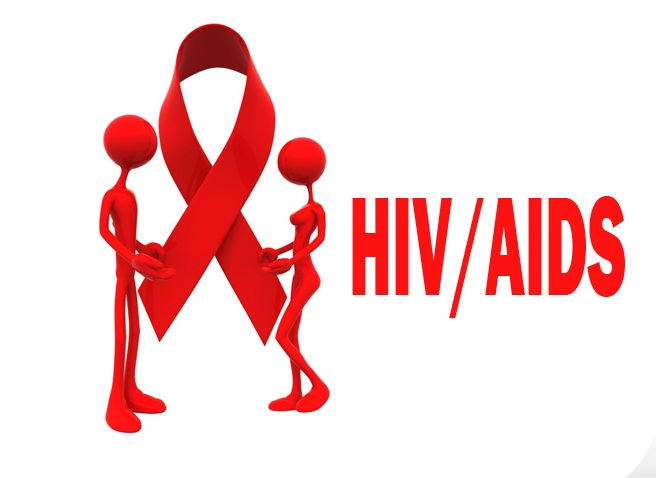By Chioma Obinna & Gabriel Olawale
The World Health Organisation, WHO, Sunday disclosed that no fewer than 770,000 people died of HIV-related causes in 2018 while an estimated 37,900,000 people are still living with HIV as at the end of 2018 globally.
FG and dormancy of HIV/AIDS anti-discrimination law WHO in a report to mark this year’s World AIDS Day, with the theme: “Community Makes the Difference” also disclosed that a total of 1,700,000 people were newly infected with HIV in the same year.
WHO in a report to mark this year’s World AIDS Day, with the theme: “Community Makes the Difference” also disclosed that a total of 1,700,000 people were newly infected with HIV in the same year.
The report found that of the 37.9 million people living with HIV at the end of 2018, 79 per cent received testing, 62 per cent received treatment, and 53 per cent had achieved suppression of the HIV virus with reduced risk of infecting others. 500,000 target number of new cases and deaths per year by 2020.
“Between 2000 and 2018, new HIV infections fell by 37 per cent and HIV-related deaths fell by 45 per cent, with 13.6 million lives saved due to ART. This achievement was the result of great efforts by national HIV programmes supported by civil society and international development partners.
The global health body noted that one of the key contributors to this success in all countries has been the thousands of members of HIV and “key population” community networks and community health workers, many of whom are living with or affected by HIV.
While drawing global attention to the need for their broader engagement in strengthening primary health care, WHO urged countries to adopt community-based HIV testing, prevention, treatment and care as a core strategy.
Reacting to the report, the Director-General of WHO, Dr Tedros Adhanom Ghebreyesus recommended a strategic mix of approaches for testing, including community-based testing, self-testing and provider-assisted referral to reach people at the highest risk of HIV.
“Today, four in five people with HIV get tested while two in three get treatment: communities played a major role in achieving this success. Countries like South Africa and Rwanda have shown how trained peers or community health workers have delivered rapid diagnostic tests with same-day results, enabling more people to know their HIV status.
“Health services are struggling to provide all people with HIV services they need. Global fast-track targets for HIV for 2020 are unlikely to be met unless more support becomes available. The most glaring gap is seen in prevention. In 2018, 1.7 million people were newly infected with HIV, this number must reduce by three-fold to meet the 2020 target of 500 000.”
He, however, noted that testing and treatment coverage was off track, especially for key populations and children. “For example, more than half of all new infections are among key populations and their partners; only half of the children in need are receiving ARV, of which only half achieved viral suppression due to the use of suboptimal medicines,” he added.
However, global situation and trends have shown that since the beginning of the epidemic, 75 million people have been infected with the HIV virus and about 32 million people died of HIV. The WHO African region remains most severely affected, with nearly 1 in every 25 adults (3.9 per cent) living with HIV and accounting for more than two-thirds of the people living with HIV worldwide.
Source: Vanguard Nigeria




